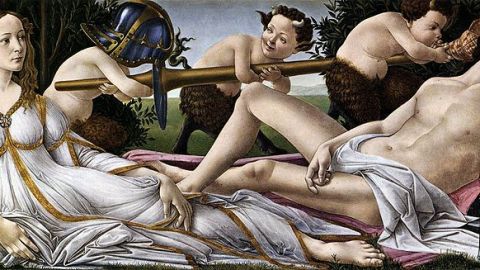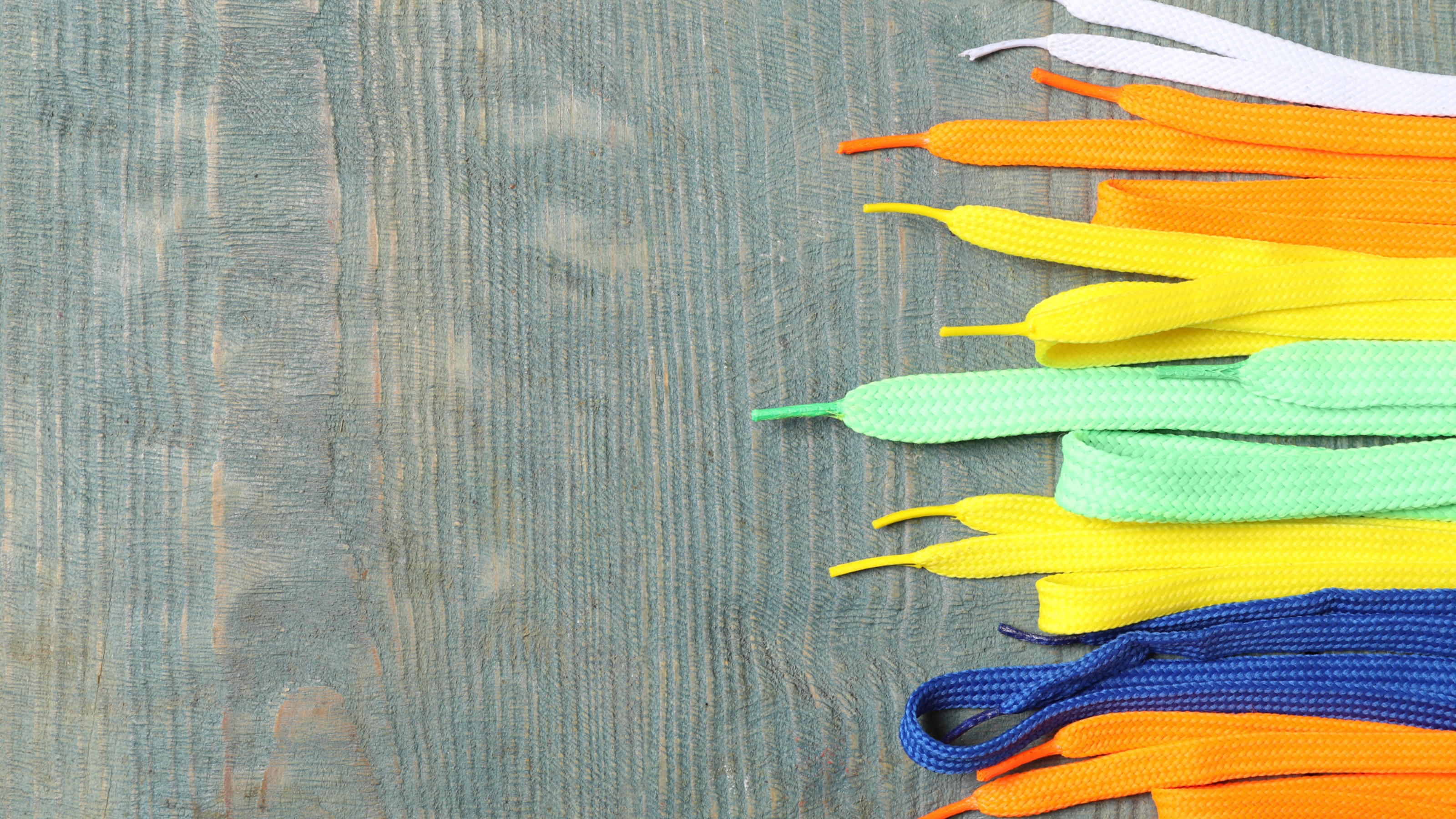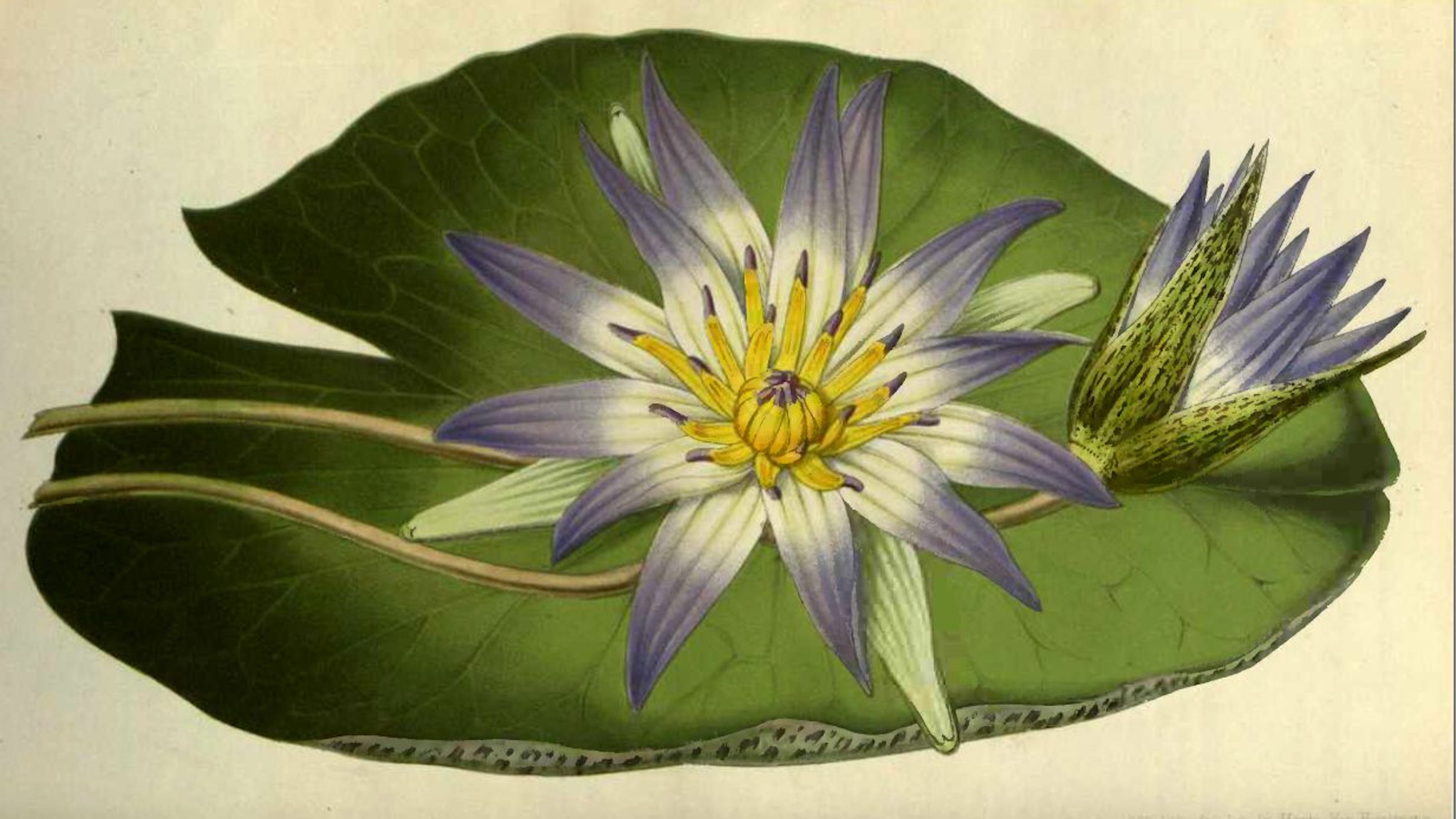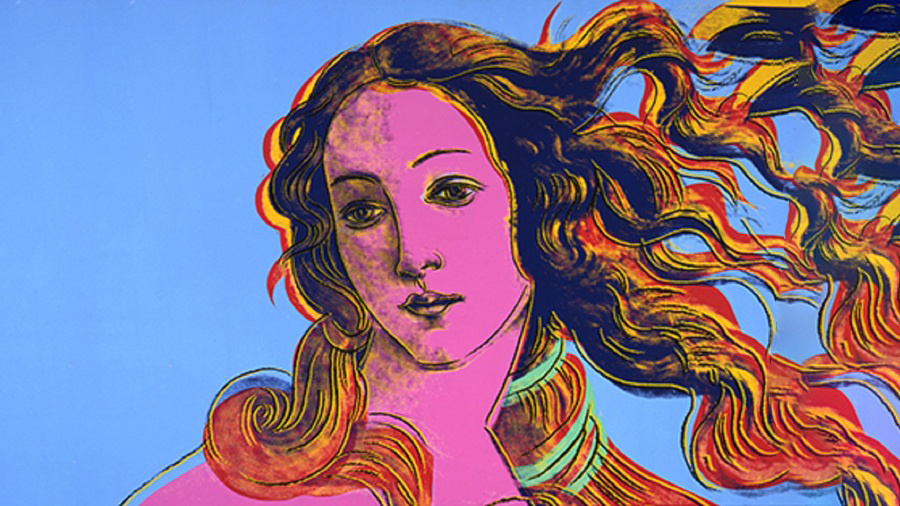Sex and Drugs: Botticelli’s Dirty Little Secret

While researching the Botticelli’s Venus and Mars (shown) at the National Gallery, London, David Bellingham, a program director at Sotheby’s Institute of Art, made an interesting discovery. The fruit held by a satyr lurking in the bottom right corner of the painting bore a resemblance to the fruit of the plant known to scientists as Datura stramonium, and known to others as “the thorn apple,” “locoweed,” or “the Devil’s trumpet.” Those who have tasted of this forbidden fruit often hallucinate to the point of madness and stripping off of clothes. Botticelli gives us in Venus and Mars the fifteenth century version of sex and drugs. If only rock and roll had been invented back then…
When Venus meets Mars in the mythological scene painted by Botticelli, Vulcan, Venus’ cuckold husband, finds out well after the hot and heavy action. Lust in action is the subject of the painting, but until Bellingham’s discovery, the level of lust always seemed an abstraction. The inclusion of this often-poisonous aphrodisiac by Botticelli neatly encapsulates the self-destructiveness of these gods’ illicit affair, and, by extension, any act of adultery. After the loving, death waits to take his due, in one form or another. Artists of that period often used plants as visual shorthand for subtler messages. Piero della Francesca could load up a painting with dozens of plant-powered allusions. Passages of Shakespeare that seem incoherent gibberish today held subtle little secrets for those who knew the language of plants as well as the Bard did. Unfortunately, much of that subtlety is lost on modern audiences, even ones full of art experts.
This finding helps confirm the cardinal truth that even the oldest, most studied works of art can still hold secrets awaiting the proper investigator. What it also confirms is that even in the fifteenth century artists understood the power of drugs over the human mind, especially when those drugs simply grease the skids toward a damnation the parties involved were already driving towards. “Just say no,” thus goes way, way back beyond Nancy Reagan’s bright, shining moment. Here’s hoping that this dirty little secret of Botticelli brings youngsters into the galleries, if only to snicker at the sexiness. Maybe Bellingham’s discovery will bring sexy back to the Renaissance. In such little secrets perhaps bigger truths can be expressed and heard.





